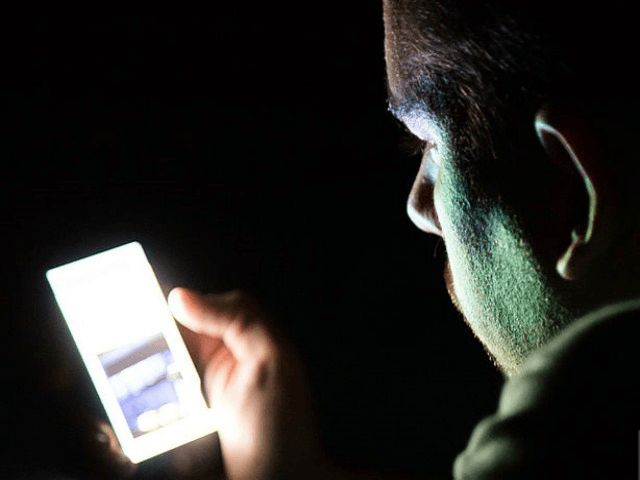A recent report states that as the video-conferencing software Zoom has exploded in popularity due to the Chinese virus pandemic, many are finding themselves developing “Zoom fatigue” after constantly communicating via video chat.
Axios reports that as everything from work meetings to social interactions has moved online, users of the popular video-conferencing app Zoom are finding themselves suffering from “Zoom fatigue.”
Zoom’s usage has exploded since the beginning of the Wuhan coronavirus pandemic in January as many worldwide are forced to work or attend school from home, using the app for group meetings and online classes. In a blog post, Zoom CEO Eric Yuan stated that usage had increased by 1,900 percent with 200 million daily free and paying users in March up from 10 million at the end of December.
Aside from the various security issues posed by Zoom, people are finding it hard to be constantly available and ready to “perform” on camera. Axios notes that if Zoom was used exclusively for work meetings that would likely be manageable for most people, but informal social gatherings, family events, religious services, doctor’s appointments, therapy sessions, etc. have all moved to the Zoom app.
Axios notes that combining all these different facets of people’s lives into one media channel means that people lose the “contest-resetting” that takes place when people move from say an office to a bar.
Axios outlines a number of ways in which video-conferencing imposes “cognitive and psychological frictions” on people, partly because chatting via video removes the social and physical cues that people rely on to determine certain aspects of interactions. Axios writes:
- There’s usually a slight audio lag, as well as mute-button mistakes and “your internet connection is unstable”-style dropouts.
- By showing us our own image as well as others’, Zoom ensures that we will critique ourselves in real time.
- We’re also often opening a chunk of our homes for others to view, and that can trigger social worries (something that is also a big issue for kids in online classes).
- On top of standard-grade performance anxiety, the “big face” image that Zoom uses by default in its “speaker view” can trigger a “fight-or-flight” surge of adrenaline, writes Jeremy Bailenson, founding director of Stanford’s Human Computer Interaction Lab.
- If you switch to the “Hollywood Squares”-style “gallery view,” you’re confronted with a sea of separated faces, which is not how evolution has adapted us to group interactions.
- As L.M. Sacacas observes, you can’t really achieve true eye contact with anyone: If you look right into someone else’s eyes, you will appear to them as if you aren’t looking right at them — to achieve that, you have to look right at the camera.
- Nonetheless, the whole experience of a videoconference feels to us like an extended bout of direct staring at other people staring back at us. That’s draining, which is why it’s not what actually happens when we meet in person, where we only occasionally look right at one another.
Read the full report in Axios here.
Lucas Nolan is a reporter for Breitbart News covering issues of free speech and online censorship. Follow him on Twitter @LucasNolan or contact via secure email at the address lucasnolan@protonmail.com

COMMENTS
Please let us know if you're having issues with commenting.